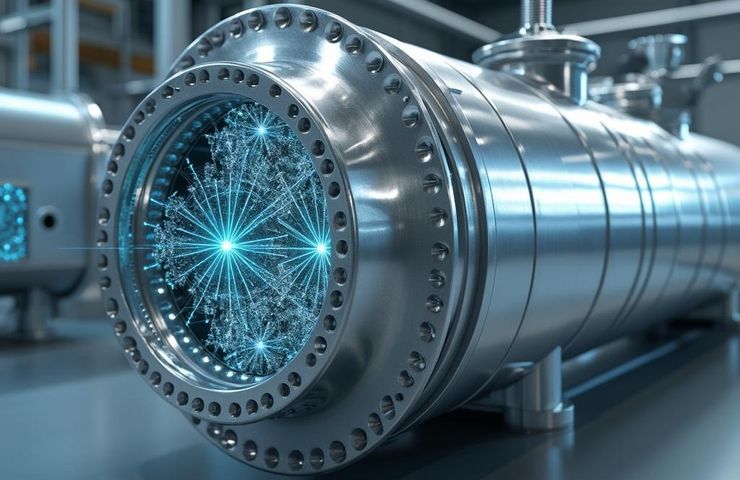Hydrogen Storage Breakthrough: Stronger, Safer Aluminum Alloys Target Hydrogen Embrittlement
A multinational research team led by the Max Planck Institute for Sustainable Materials in Germany has just introduced a next-generation…


A multinational research team led by the Max Planck Institute for Sustainable Materials in Germany has just introduced a next-generation line of Scandium-enhanced aluminum-magnesium alloys. And this isn’t just another incremental step forward—it’s a serious breakthrough in hydrogen storage technology.
Tackling an Old Problem with a Fresh Solution
On April 30, 2025, the team announced a material innovation that could finally put an end to a decades-old obstacle: hydrogen embrittlement. This problem has long made it tough to use aluminum components in hydrogen-rich settings. But their new alloy family doesn’t just resist embrittlement—it shrugs it off with style. We’re talking about a 40% jump in strength and a fivefold improvement in hydrogen resistance. That’s a big deal for everything from fuel cell vehicles to hydrogen pipelines and storage tanks.
The Science Behind the Strength
So, what makes these alloys so special? It comes down to an innovative two-step nanoprecipitation method. The team engineered a mix of Al3Sc (to add robust strength) and Al3(Mg,Sc)2 (which traps hydrogen before it wreaks havoc) using carefully timed heat treatments. These nano-scale features are evenly spread across the material’s structure, which translates to tougher, longer-lasting components in the real world. Need proof? Advanced tools like atom probe tomography confirmed it right down to the atomic level.
And here’s another cool trick: they adopted a size-sieved precipitation strategy that optimizes how these tiny particles form during solidification and heating. It’s precisely this arrangement that allows the alloy to handle both stress and exposure to hydrogen without falling apart.
The Big Picture: Hydrogen Storage Ready for Prime Time
These alloys don’t just perform well; they’re also built to work with existing industrial production methods, like water-cooled copper mold casting. That means no need to reinvent the wheel to get them out into the world.
In real terms? You’re looking at lighter hydrogen storage tanks and vehicle bodies that don’t compromise on safety or durability. That balance could cut manufacturing costs, speed up rollouts, and make hydrogen-powered transport and energy systems a more viable option across the board.
Key Takeaways
- All in One: This alloy eliminates the trade-off between strength and hydrogen resistance that’s plagued aluminum for decades.
- Industry Ready: Designed to fit right into today’s casting processes, no expensive retooling needed.
- Global Teamwork: Bridges built between China and Europe highlight the worldwide push toward sustainable energy.
- Spotlight on Scandium: As demand for this rare metal rises, so do questions about scalable supply chains.
What’s Next?
This development has real potential to reshape how we think about materials for fuel cell technology and hydrogen infrastructure. These new alloys could fast-track the rollout of lighter, safer, and longer-lasting components across everything from vehicles to storage systems. Addressing embrittlement means fewer failures, lower maintenance costs, and faster deployment of next-gen energy solutions.
Of course, the journey’s not over. Industrial pilot programs still need to ramp up, standards and certifications are on the horizon, and there’s the looming question of scandium supply. But one thing’s for sure—materials are no longer the bottleneck they once were. Hydrogen’s future just got a lot brighter, and we’re here for it.
What's Your Reaction?

























































